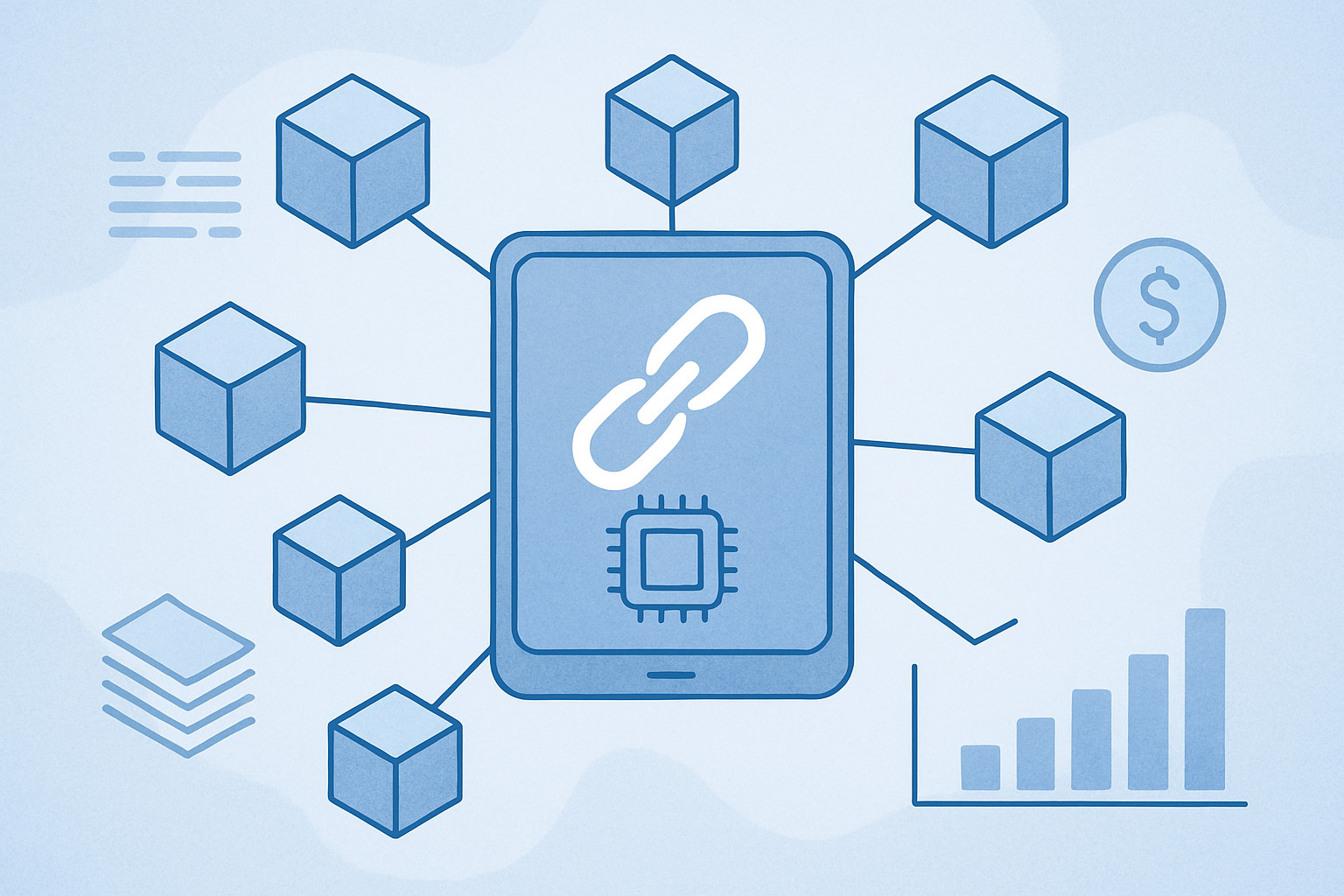
Most blockchains follow the same blueprint: decentralized, immutable, and secure. But not all of them work the same way. SmartChain’s blockchain takes a different approach, optimizing for efficiency, scalability, and flexibility in a way that sets it apart.
Understanding how it works requires more than a surface-level explanation. Let’s break down the mechanics, the architecture, and the inner workings that make SmartChain unique.
Core Architecture
Like any blockchain, SmartChain relies on a network of nodes, a consensus mechanism, and a ledger of transactions. But what makes it different is how these pieces fit together.
The Consensus Mechanism
Consensus determines how transactions get verified and added to the blockchain. SmartChain moves beyond traditional proof-of-work or simple proof-of-stake models with a more sophisticated approach.
- Hybrid Consensus Model – Instead of relying on a single method, it combines different consensus techniques to balance security, speed, and decentralization.
- Efficient Validation – Transactions don’t require every node to participate, reducing network congestion and improving speed.
- Dynamic Adjustments – The system adapts in real-time to optimize for throughput and security, preventing bottlenecks.
Node Infrastructure
Nodes are the backbone of any blockchain. SmartChain takes a structured approach to node distribution.
- Light Nodes vs. Full Nodes – Not every participant needs to store the entire blockchain history. Light nodes allow for efficiency without compromising security.
- Hierarchical Network Structure – Instead of a flat network, nodes operate in layers, streamlining communication and reducing redundancy.
- Automated Node Incentives – Rewards adjust dynamically based on participation, ensuring fair distribution without excessive inflation.
Transaction Processing
Speed and cost-effectiveness define SmartChain’s approach to transactions.
Smart Transactions
Not all transactions are created equal. SmartChain classifies them based on priority, type, and complexity.
- Tiered Processing – Simple transfers get processed faster, while complex contracts follow a separate path to avoid congestion.
- Predictable Gas Fees – Instead of fluctuating wildly, fees adjust based on network activity, making transactions more affordable and reliable.
- Parallel Execution – SmartChain processes multiple transactions at once, rather than in strict sequence, improving speed without sacrificing security.
Sharding for Scalability
Traditional blockchains slow down as they grow. SmartChain sidesteps this issue with a unique approach to sharding.
- Dynamic Shards – The network divides into smaller partitions (shards), each handling a subset of transactions.
- Cross-Shard Communication – Unlike standard sharding models, SmartChain allows seamless interaction between shards, preventing fragmentation.
- Load Balancing – When one shard gets overloaded, transactions redistribute automatically to maintain efficiency.
Smart Contracts and Automation
Smart contracts are central to SmartChain’s blockchain, but they work differently compared to older platforms.
Advanced Smart Contracts
SmartChain improves on the standard smart contract model by adding more flexibility and security.
- Modular Smart Contracts – Instead of writing monolithic contracts, developers can build reusable components, reducing errors and simplifying upgrades.
- Built-In Governance – Contracts can include self-updating logic, allowing changes without breaking existing functionality.
- Automatic Conflict Resolution – If a contract encounters an issue, predefined dispute mechanisms kick in, preventing failed transactions from stalling the network.
Interoperability and Cross-Chain Capabilities
SmartChain doesn’t operate in isolation. It integrates with other blockchains and traditional systems.
- Atomic Swaps – Users can exchange assets between different blockchains without intermediaries.
- Bridges for Legacy Systems – Traditional financial platforms can connect to SmartChain without requiring a complete infrastructure overhaul.
- Universal Standards – SmartChain smart contracts are compatible with multiple blockchain platforms, increasing adoption and flexibility.
Security and Network Integrity
Security isn’t an afterthought. It’s built into SmartChain’s architecture at every level.
Layered Security Model
Rather than relying on a single security approach, SmartChain uses multiple layers of protection.
- Zero-Knowledge Proofs – Transactions can be verified without revealing sensitive data.
- Adaptive Encryption – Encryption adjusts dynamically based on the threat level and computational power available.
- Fraud Detection AI – The network continuously scans for suspicious activity, preventing attacks before they happen.
Resistance to Attacks
Blockchain networks face constant threats, but SmartChain is designed to withstand them.
- Sybil Attack Protection – Identity verification mechanisms prevent a single entity from taking over the network.
- 51% Attack Resistance – Hybrid consensus makes it nearly impossible for bad actors to control a majority of the network.
- Self-Healing Mechanisms – If a node goes rogue or gets compromised, the network isolates and neutralizes the threat automatically.
Governance and Network Evolution
A blockchain that can’t evolve becomes obsolete. SmartChain is built to adapt.
Decentralized Governance
Unlike traditional blockchains controlled by a small group, SmartChain distributes decision-making power.
- Community-Led Proposals – Any participant can suggest changes, ensuring innovation isn’t limited to a select few.
- On-Chain Voting – Stakeholders vote directly on network upgrades, preventing centralized control.
- Transparent Funding – Development resources are allocated based on clear, trackable mechanisms, reducing corruption and inefficiency.
Self-Improving Protocol
SmartChain doesn’t just support upgrades—it automates them.
- Modular Codebase – The blockchain can upgrade specific components without requiring a hard fork.
- Automatic Performance Tuning – The network continuously analyzes itself, making real-time adjustments to improve efficiency.
- Security Patches on the Fly – Critical updates deploy without disrupting ongoing transactions.
Final Thoughts
SmartChain isn’t just another blockchain. It solves key problems that have plagued the industry for years—scalability, security, and efficiency—without sacrificing decentralization. Its hybrid consensus, dynamic transaction processing, and automated governance create a blockchain that’s faster, more flexible, and future-proof.
The technology behind it isn’t just technical jargon—it’s a real, functioning system designed for long-term sustainability. While other blockchains struggle with congestion and high fees, SmartChain moves forward, offering a practical, scalable solution for the next generation of decentralized applications.




